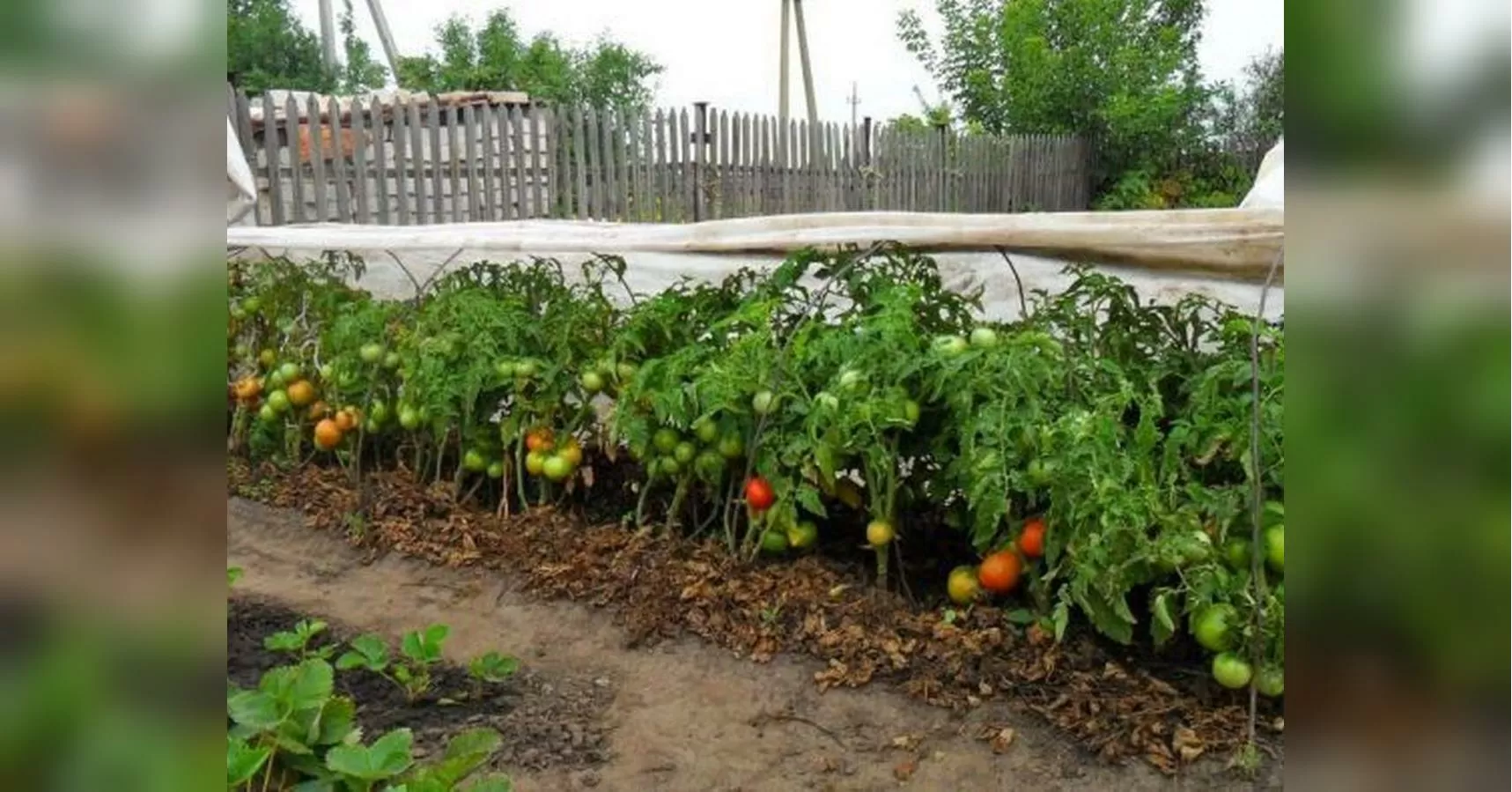Eggplants, potatoes, and tomatoes are all popular vegetables in the garden, but did you know that they also share similar diseases? This is why it is best to avoid planting them next to each other. In this article, we will explore the reasons behind this and provide tips on how to keep your garden healthy and disease-free.
First, let’s take a closer look at the diseases that affect these three vegetables. Eggplants, also known as aubergines, are susceptible to a fungal disease called verticillium wilt. This disease causes the leaves to wilt and turn yellow, eventually leading to the death of the plant. Similarly, potatoes are prone to a disease called late blight, which is caused by a fungus and can quickly spread to other plants. Tomatoes, on the other hand, are susceptible to a bacterial disease called bacterial spot, which causes dark spots on the leaves and fruit.
Now, you may be wondering how these diseases can affect each other if they are planted next to each other. The answer lies in the fact that these diseases can survive in the soil for a long time, even after the infected plants have been removed. This means that if you plant eggplants, potatoes, and tomatoes in the same area, the diseases can easily spread from one plant to another.
Furthermore, these vegetables also have similar growing conditions, making it easier for the diseases to thrive. They all prefer warm and moist environments, which can create the perfect breeding ground for the fungi and bacteria that cause these diseases. Additionally, eggplants, potatoes, and tomatoes are all heavy feeders, meaning they require a lot of nutrients from the soil. This can deplete the soil of essential nutrients, making it more susceptible to diseases.
So, what can you do to prevent these diseases from affecting your garden? The best solution is to practice crop rotation. This means avoiding planting the same family of vegetables in the same area for at least three years. By rotating your crops, you can break the disease cycle and prevent the buildup of pathogens in the soil. For example, if you planted tomatoes in a particular area this year, avoid planting any other nightshade family vegetables, such as eggplants and potatoes, in the same spot for the next three years.
Another helpful tip is to choose disease-resistant varieties of these vegetables. Many seed companies offer varieties that are specifically bred to be resistant to certain diseases. By choosing these varieties, you can reduce the risk of your plants getting infected.
In addition to crop rotation and choosing disease-resistant varieties, it is also essential to practice good garden hygiene. This includes removing any infected plants immediately and disposing of them properly. Do not compost any infected plants, as this can spread the disease to your other plants. Also, make sure to clean your gardening tools after each use to prevent the spread of diseases.
Some gardeners also swear by companion planting as a way to prevent diseases. Companion planting is the practice of planting certain plants together to benefit each other. For example, planting marigolds next to tomatoes can help repel pests and attract beneficial insects that can help control diseases. However, there is no scientific evidence to support this method, so it is best to stick to crop rotation and good garden hygiene.
In conclusion, while eggplants, potatoes, and tomatoes are all delicious and popular vegetables, it is best to avoid planting them next to each other. They share similar diseases that can easily spread from one plant to another. By practicing crop rotation, choosing disease-resistant varieties, and maintaining good garden hygiene, you can keep your garden healthy and thriving. Happy gardening!

